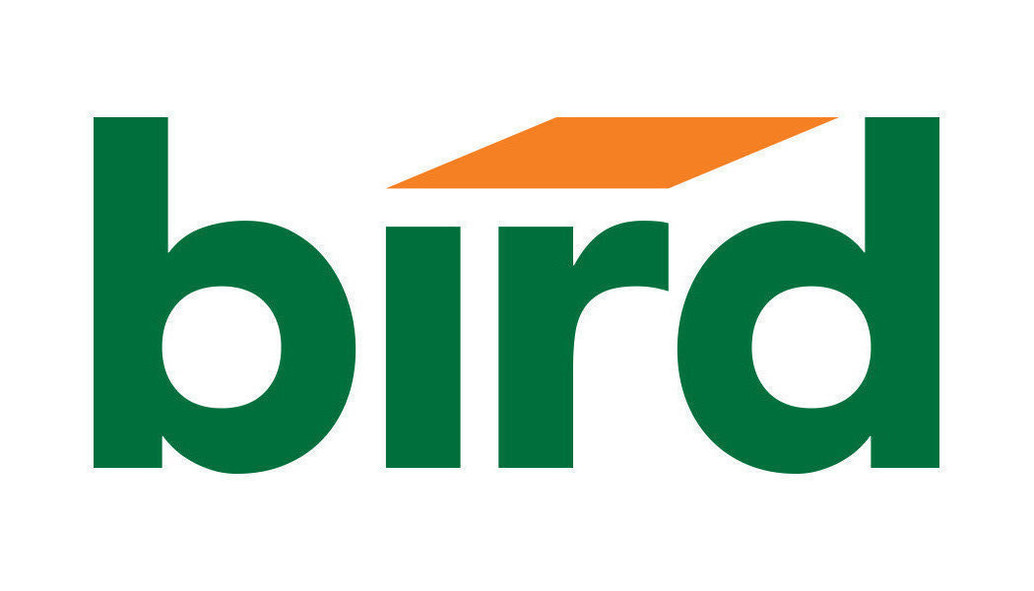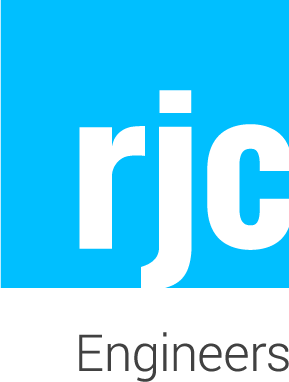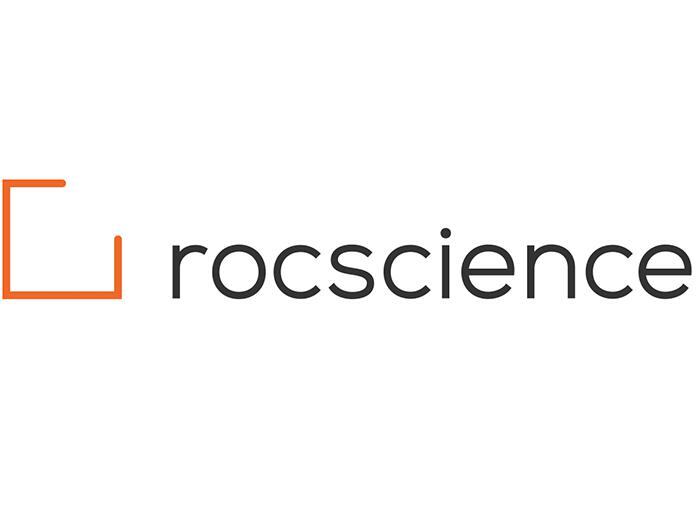Structures are becoming ever taller, longer-span, driven by aesthetics or sustainability, and more complex – especially with the advent of free-form architecture unleashing the imagination of designers. To succeed in the fast-paced, exciting environment of today’s AEC industry, structural engineers need advanced knowledge and skills in structural analysis, design, mechanics and material behaviour. All this is offered by the MEng Emphasis in Structural Engineering where you can join and network with our globally renowned Structures Group with its international reputation for innovation and excellence in teaching and research. The active involvement of the structures faculty in R&D projects at the forefront of today’s challenges ensures that our MEng is relevant, practical and right up-to-date. Your training will utilize contemporary analysis and design tools across a broad range of structural materials (steel, concrete, timber and composites) under a diverse set of loading conditions (static, fatigue, seismic, blast, impact, fire and environmental). For example, a partnership with Idea StatiCa provides competency in using commercial finite element analysis-based software for member and connection design. This Emphasis is ideal for recent graduates looking to upskill, practicing engineers seeking further training or new career directions – or even as a precursor to the PhD program, in conjunction with an MEng Project.
Meet your Instructors

Fae Azhari
Assistant ProfessorStructural Health Monitoring: Sensor development/intelligent structures and systems

Evan Bentz
ProfessorNumerical Modelling of Reinforced Concrete Behaviour: Technology transfer applications for research on shear and torsion

Constantin Christopoulos
ProfessorCritical Resilience: Development of self-centering seismic resistant systems

Paul Gauvreau
ProfessorBridge Design: Development of new bridge systems; efficient use of new materials, and emerging reinforcement materials in bridge design

Oh-Sung Kwon
ProfessorStructural Dynamics: Earthquake engineering; seismic soil-structure interaction

Oya Mercan
ProfessorSeismic Resilience: Development of advanced simulation techniques to assess seismic activity of structures

Jeffrey Packer
ProfessorSteel Structures: Experimentation and analysis of behaviour and design of tubular steel structures

Aryan Rezaei Rad
Assistant ProfessorSustainable Structures (Timber): Structural systems design with sustainable materials; computational methods & digital technology design

Shamim Sheikh
ProfessorSeismic Resilience: Behaviour and design of reinforced concrete structures; performance-based seismic design

Prof. Jeffrey Packer
Meet your Coordinator
As your MEng Coordinator for Structural Engineering, please connect with me for counselling, mentorship or tutoring at any time. I am a long-serving professor in the Department, have taught at every level in the academic program (from 1st Year to Graduate), and my personal research, predominantly in steel structures, has always been practice-oriented.
Requirements
The Emphasis in Structural Engineering is an optional component of the Master of Engineering (MEng) in Civil & Mineral Engineering
To complete the emphasis you must complete 6 courses (3.0 FCE) from the list of courses.
- Other courses may be considered but would require approval from the Emphasis Coordinator
- With approval, one or two courses may be replaced by an MEng Project: CIV1001H (0.5 FCE) or CIV1002Y (1.0 FCE)
Featured Courses

CME544H1 - Design of Timber Structures
Instructor: Aryan Rezaei Rad
Even if you have limited or no background in timber design, this course will quickly bring you to the leading edge with this renewable material – used from domestic house construction to even high-rise buildings that utilize mass timber construction. Topics include: physical and mechanical behaviour of wood and wood-based products; structural wood-based systems; principles of limit state design in timber engineering; design of timber connections, elements and components to the Canadian standard CSA O86:19; computer-aided design (CAD) of timber structures; modern digital fabrication technology; and advanced heavy timber structures.
CIV1175H - Design of Tubular Steel Structures
Instructor: Jeffrey Packer
This practical course covers contemporary structural design with an extremely popular material – tubular steel – from an international perspective, while still being compliant with the Canadian standards CSA S16:24 and CSA W59:24. "State-of-the-art" limit states design procedures are presented, discussed and illustrated with worked examples. Offshore structures receive some treatment but the course concentrates on onshore structures made from manufactured tubing or Hollow Structural Sections (HSS). Specific topics deal with: materials, testing and properties; columns and poles; concrete filling and composite member behaviour; fire protection/resistance; fabrication, including bolting, welding and nailing; plastic analysis of connections; welded tube-to-tube connections; braced frames and bracing design; bolted connections; finite element analysis of tubular structures; cast-steel nodes; design of 2D triangulated trusses and Vierendeel frames; 3D space structures; moment-resisting frames and connections; and fatigue of connections. Parts of CIV1175 have been offered as short courses to practicing structural engineers worldwide.

Sample Projects
MEng students have the option of tackling real-world engineering challenges and applying their coursework knowledge by engaging in a project under the guidance of a CivMin professor. A project offers the invaluable opportunity to collaborate with experts and develop innovative solutions, enhancing a student's technical competence and preparing them for the complexities of future engineering careers. Additionally, the project can serve as a cornerstone for building a professional portfolio and showcasing capabilities to potential employers.
A CivMin MEng project is a dynamic experiential learning opportunity providing hands-on experience that can significantly boost employability and confidence as students transition into the engineering workforce. For more details, please refer to the MEng program requirements.
Explore examples of past and potential future projects below, and envision how an MEng project could be a transformative experience in your engineering education and career. Current opportunities can be found on the MEng Project Opportunities page.

Steel Connection Design by Component-Based Finite Element Software
Supervisor: Jeffrey Packer
Explore the cutting-edge field of structural steel connection design through this exciting project, where you’ll leverage innovative, component-based finite element (FE) software to address complex engineering challenges. Traditionally, the design of steel connections has relied on predefined limit state checks found in codes and standards, with more complex scenarios left to the discretion of experienced engineers. This project offers a unique opportunity to utilize advanced FE modelling techniques, traditionally considered time-consuming and requiring specialized skills, with a new, more accessible approach. Using the breakthrough software Idea StatiCa, which has been licensed to U of T and rapidly adopted across North America, students will validate its capabilities against rigorous, non-linear FE models developed with research-quality software. This project allows you to contribute to the forefront of structural engineering, enhancing your skills while helping to establish new benchmarks for the industry.

HSS Bolted Splice Connections using Cast Steel Inserts
Supervisor: Jeffrey Packer
Current design practices for steel hollow structural section (HSS) splice connections were identified by architects and designers as aesthetically unappealing, complex, and costly, making HSS designs more difficult to pursue. To address this, a novel HSS bolted splice connection utilizing a cast steel insert as a connector between HSS members was investigated in this 2-term MEng project. Full-scale laboratory experiments in the Department’s Structural Testing Facilities demonstrated that the cast steel insert, with tapped holes, simplified installation by eliminating the need for internal bolt restraints and met aesthetic objectives. The fully bolted connection increased installation speed, and proof-of-concept testing under tension and compression axial loads confirmed resistance per AISC 360 limit states. The governing failure modes were net section rupture in tension and buckling in compression, while the undeformed high-strength casting allowed for potential reuse.

Circularity and Reuse of Structural Steel in Building Construction
Supervisor: Jeffrey Packer
Environmental concerns are a pressing issue for all new building projects, especially the embodied carbon content, with various construction materials vying for the leading position. The whole life of a structure (from “cradle-to-grave”) has been a popular time frame, but “cradle-to-cradle” measurement is now advocated. It is estimated that only 6% of construction materials in Canada are currently from recycled sources, which is a low level internationally. Thus, the “circular economy” for our built environment has become a paramount topic; for structural projects either entire buildings can be renovated for reuse or building materials can be reused. This project focuses on the latter, and specifically reuse of structural steel members and components. A report will be produced which: summarizes the possibilities (by means of an international literature review); documents policies, procedures and guidelines in place in Canada and elsewhere (e.g. by ISO, Carbon Leadership Forum, Circular Economy Leadership Canada, CSA); points to the barriers hindering reuse of structural steel in Canada (e.g. certification of old steel) and recommends solutions.
Career Outlook
A CivMin MEng from the #1 Civil Engineering program in Canada can open up a world of opportunities and supercharge your career. The University of Toronto is ranked #12 globally for graduate employability by Times Higher Education, and our alumni have secured exciting roles at a wide variety of top companies including Hatch, WSP, Aecon, Kiewit and Metrolinx.






































An MEng degree from U of T places you at the centre of an immense and invaluable alumni network. Combined with our strong industry connections and esteemed reputation, a CivMin MEng offers you almost infinite opportunities for support, professional growth and advancement throughout your career.
Graduates of the MEng who have specialized in Structural Engineering have advanced to positions at prominent organizations such as the Canadian Institute of Steel Construction, Canadian Standards Association, Entuitive, Read Jones Christoffersen, Dialog, Arup, MTO, AECOM, City of Toronto, Milman, Hong Kong Government, and even tertiary educational institutions. The diverse skill set and knowledge gained from our program prepares graduates to excel in multiple roles, including consultancy, R&D, conceptual modelling/analysis, structural design and repair/renovation, site liaison/inspection/supervision, project management, and technical sales specialists.
Potential Career Pathways
Structural engineering consultants design, model, and analyze buildings, bridges, and other complex structures, whether new or existing. They collaborate closely with architects, owners, site engineers, and allied professionals to ensure safe and efficient outcomes. Their work often involves risk and feasibility studies, project management, and forensic investigations to assess structural performance and durability.
Suggested pathway to prepare for a career as a structural engineering consultant: CIV515H1, CIV517H1, CIV518H1, CIV519H1, CIV544H1, CIV1164H, CIV1167H, CIV1169H, CIV1171H, CIV1174H, CIV1175H, CIV1180H, CIV1190H, CIV1198H – Design of Structures for Fire Resistance, CIV1199H – Joining, Welding & Additive Manufacturing, CIV1199H – Structural Health Monitoring, CIV1285H, MSE1031H.

Discover other complementary Emphases to
boost your Master of Engineering experience
